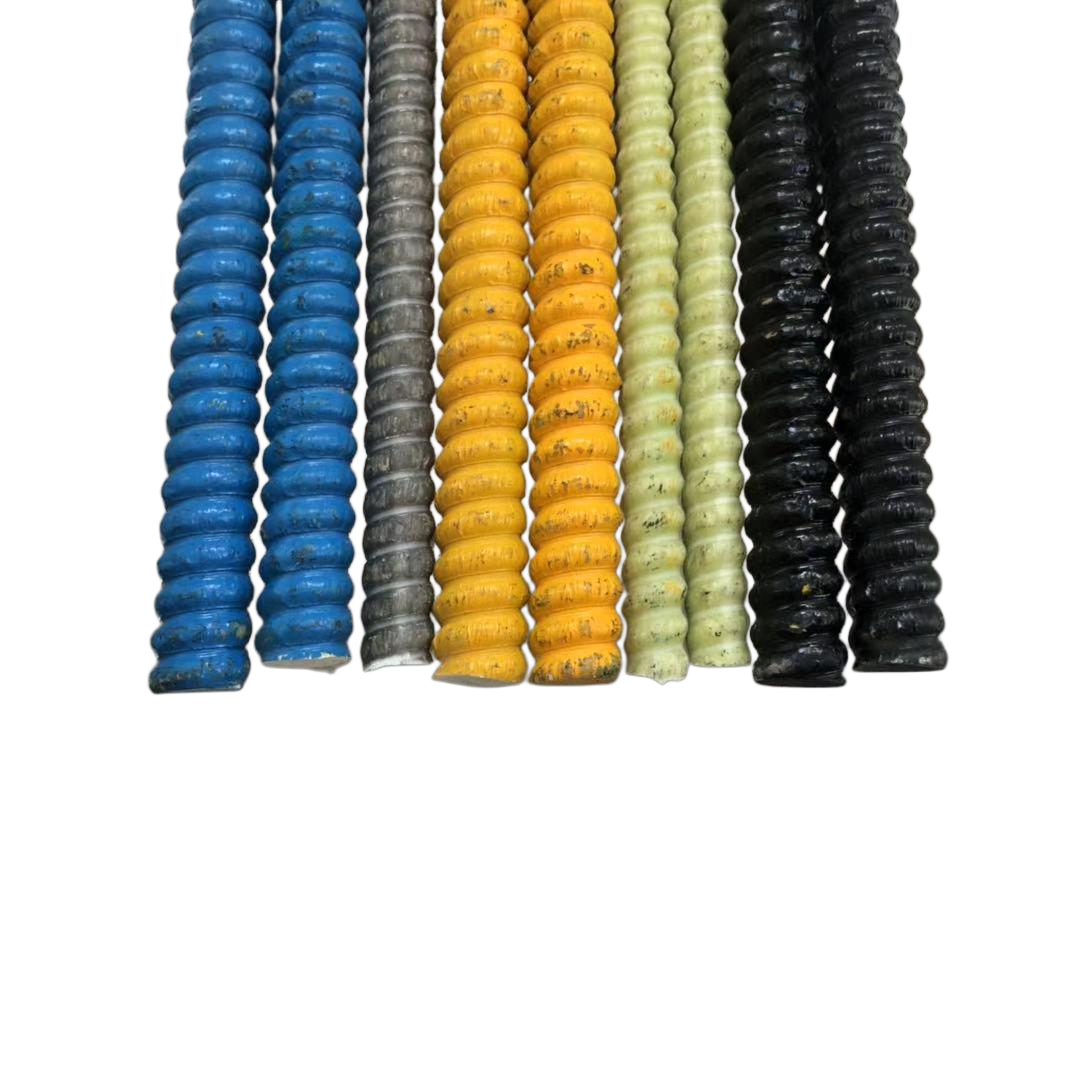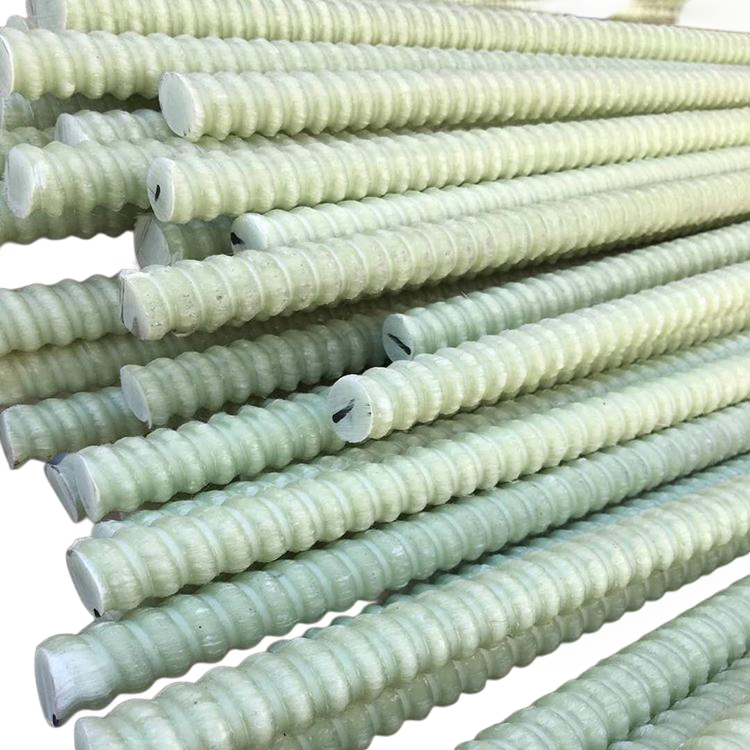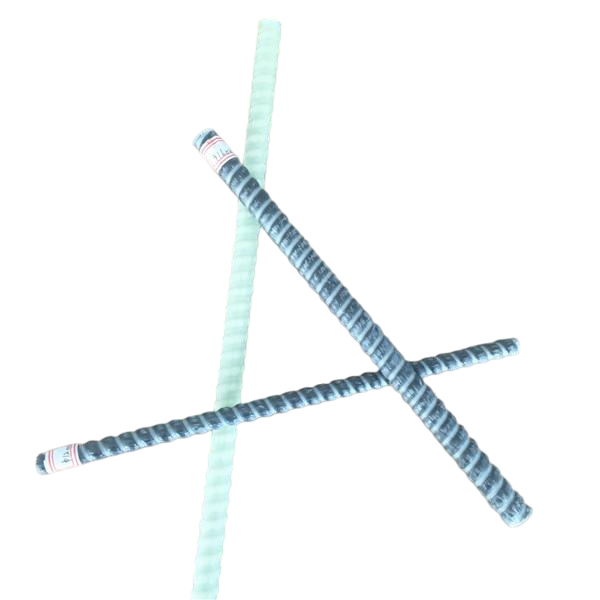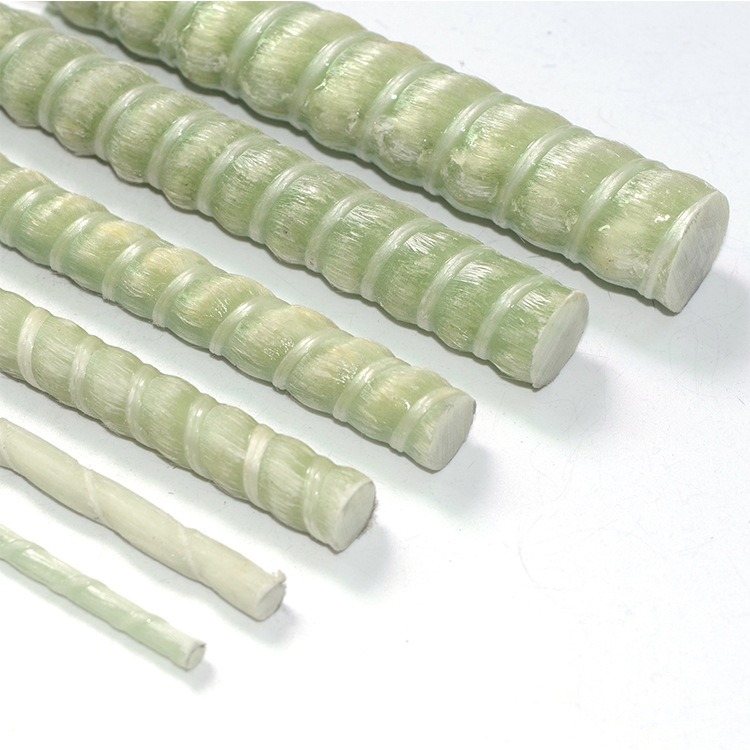Introduction
Fiberglass rebar, an innovative alternative to traditional steel reinforcement, has been gaining significant attention in the construction industry. Its unique properties, such as corrosion resistance and high tensile strength, make it a viable option for various structural applications. Understanding the lifespan of fiberglass rebar is crucial for engineers and stakeholders who are considering its use in projects where longevity and durability are paramount. This article delves into the factors that influence the lifespan of fiberglass rebar and examines its performance over time.
One essential aspect to consider is how Fiberglass Rebar compares to traditional reinforcement methods in terms of durability and longevity. By exploring this topic, we can make informed decisions about material selection in construction projects.
What is Fiberglass Rebar?
Fiberglass rebar is a composite material made from fiberglass strands and resin. It offers several advantages over steel rebar, including being non-corrosive, lightweight, and having a high strength-to-weight ratio. These properties make it especially suitable for structures exposed to harsh environmental conditions where corrosion can significantly reduce the lifespan of steel reinforcement.
The development of fiberglass rebar began in the late 20th century, aiming to address the limitations of steel reinforcement, particularly in corrosive environments. The use of Fiberglass Rebar has expanded globally, with applications in bridges, marine structures, and infrastructure projects where long-term durability is essential.
Factors Influencing the Lifespan of Fiberglass Rebar
Material Composition
The lifespan of fiberglass rebar is heavily influenced by its material composition. The quality of the fiberglass strands and the type of resin used play critical roles in determining the rebar's durability. High-quality E-glass fibers and vinyl ester resins are commonly used to enhance mechanical properties and increase resistance to environmental degradation.
Studies have shown that the resin matrix protects the fiberglass strands from moisture ingress and chemical attack, which are primary factors that can compromise the integrity of the rebar over time. Therefore, selecting the appropriate resin system is vital for maximizing the lifespan of Fiberglass Rebar.
Environmental Conditions
Environmental factors such as temperature fluctuations, humidity, and exposure to chemicals can affect the longevity of fiberglass rebar. In regions with extreme temperatures, thermal expansion and contraction can induce stress within the material. However, fiberglass rebar exhibits a lower coefficient of thermal expansion compared to steel, reducing the risk of thermal-induced damage.
Moreover, fiberglass rebar is inherently resistant to corrosion caused by chloride ions and other chemicals commonly found in marine and industrial environments. This resistance significantly extends the lifespan of structures reinforced with fiberglass rebar compared to those using traditional steel reinforcement.
Mechanical Stress and Fatigue
The mechanical stresses that a structure endures over its lifetime can impact the durability of the reinforcement used. Fiberglass rebar has excellent tensile strength but behaves differently under load compared to steel. It is elastic up to its ultimate strength without yielding, which means it does not deform plastically before failure.
Engineers must consider this behavior during the design phase to ensure that the structure can accommodate the mechanical properties of Fiberglass Rebar. Proper design and installation can mitigate issues related to mechanical fatigue, thereby prolonging the reinforcement's lifespan.
Comparative Lifespan Analysis
Fiberglass Rebar vs. Steel Rebar
When comparing the lifespan of fiberglass rebar to that of steel rebar, it is essential to consider the impact of corrosion. Steel rebar is prone to corrosion when exposed to moisture and chlorides, which can lead to structural failures over time. In contrast, fiberglass rebar does not corrode, which can dramatically increase the lifespan of reinforced concrete structures.
Research indicates that structures reinforced with fiberglass rebar can have a lifespan exceeding 100 years, especially in corrosive environments. This longevity reduces maintenance costs and extends the service life of the infrastructure, offering economic and safety benefits over the long term.
Case Studies
Several case studies highlight the extended lifespan of fiberglass rebar in real-world applications. For instance, bridges constructed with fiberglass rebar in coastal areas have shown minimal signs of degradation even after decades of service. The use of Fiberglass Rebar in such structures has proven to be a viable solution to combat the adverse effects of a harsh marine environment.
In another example, parking garages exposed to de-icing salts have benefited from the non-corrosive nature of fiberglass rebar, resulting in lower maintenance requirements and longer structural integrity compared to those reinforced with steel.
Design Considerations for Longevity
Proper Installation Techniques
The lifespan of fiberglass rebar is also dependent on proper installation practices. Contractors must follow manufacturer guidelines to ensure that the rebar is not damaged during handling and placement. Due to its high strength and lightweight nature, fiberglass rebar requires different handling techniques compared to steel.
Using appropriate cutting tools and avoiding excessive bends are crucial to maintaining the integrity of the rebar. Additionally, understanding the bonding characteristics between fiberglass rebar and concrete is essential for achieving the desired structural performance.
Structural Design Adjustments
Engineers may need to adjust their design calculations when using fiberglass rebar due to its different mechanical properties. Modifying factors such as tensile strength, modulus of elasticity, and ultimate strain must be considered to ensure the structure meets all safety and performance criteria.
By accounting for these differences, engineers can optimize the design to capitalize on the benefits of Fiberglass Rebar, such as reduced weight and increased corrosion resistance, without compromising structural integrity.
Maintenance and Inspection
While fiberglass rebar is known for its durability, regular maintenance and inspection are still important to ensure the longevity of the structures in which it is used. Inspections should focus on detecting any signs of damage or deterioration in the concrete, which can affect the performance of the reinforcement.
Non-destructive testing methods, such as ground-penetrating radar, can be used to assess the condition of the rebar without damaging the structure. By implementing a proactive maintenance plan, the lifespan of structures reinforced with fiberglass rebar can be maximized.
Economic Implications
The initial cost of fiberglass rebar can be higher than that of traditional steel rebar. However, when considering the total lifecycle costs, including maintenance, repair, and replacement expenses, fiberglass rebar often proves to be more cost-effective. Its extended lifespan reduces the need for costly repairs and downtime associated with structural rehabilitation.
Investing in Fiberglass Rebar can lead to significant savings over the life of a project, making it an economically viable option for infrastructure with long service life requirements.
Environmental Benefits
Fiberglass rebar contributes to environmental sustainability in construction. Its corrosion resistance leads to longer-lasting structures, reducing the environmental impact associated with repair and reconstruction activities. Additionally, the production process of fiberglass rebar generates fewer greenhouse gas emissions compared to steel manufacturing.
By choosing materials like Fiberglass Rebar that enhance the durability and sustainability of structures, the construction industry can move towards more environmentally friendly practices.
Future Developments
Ongoing research and development aim to further improve the properties of fiberglass rebar. Innovations in resin technology and fiber composition are expected to enhance strength, durability, and resistance to environmental factors. These advancements will likely extend the lifespan of fiberglass rebar even further.
As the demand for sustainable and long-lasting construction materials grows, Fiberglass Rebar is poised to play a significant role in the future of infrastructure development.
Conclusion
The lifespan of fiberglass rebar is a critical factor that makes it an attractive alternative to traditional steel reinforcement. Its resistance to corrosion, durability in harsh environments, and long-term economic benefits position it as a superior choice for projects where longevity is essential. With proper design, installation, and maintenance, structures reinforced with fiberglass rebar can achieve service lives of over a century.
By leveraging the advantages of Fiberglass Rebar, engineers and builders can construct safer, more durable, and cost-effective structures that meet the demands of modern infrastructure development.




























